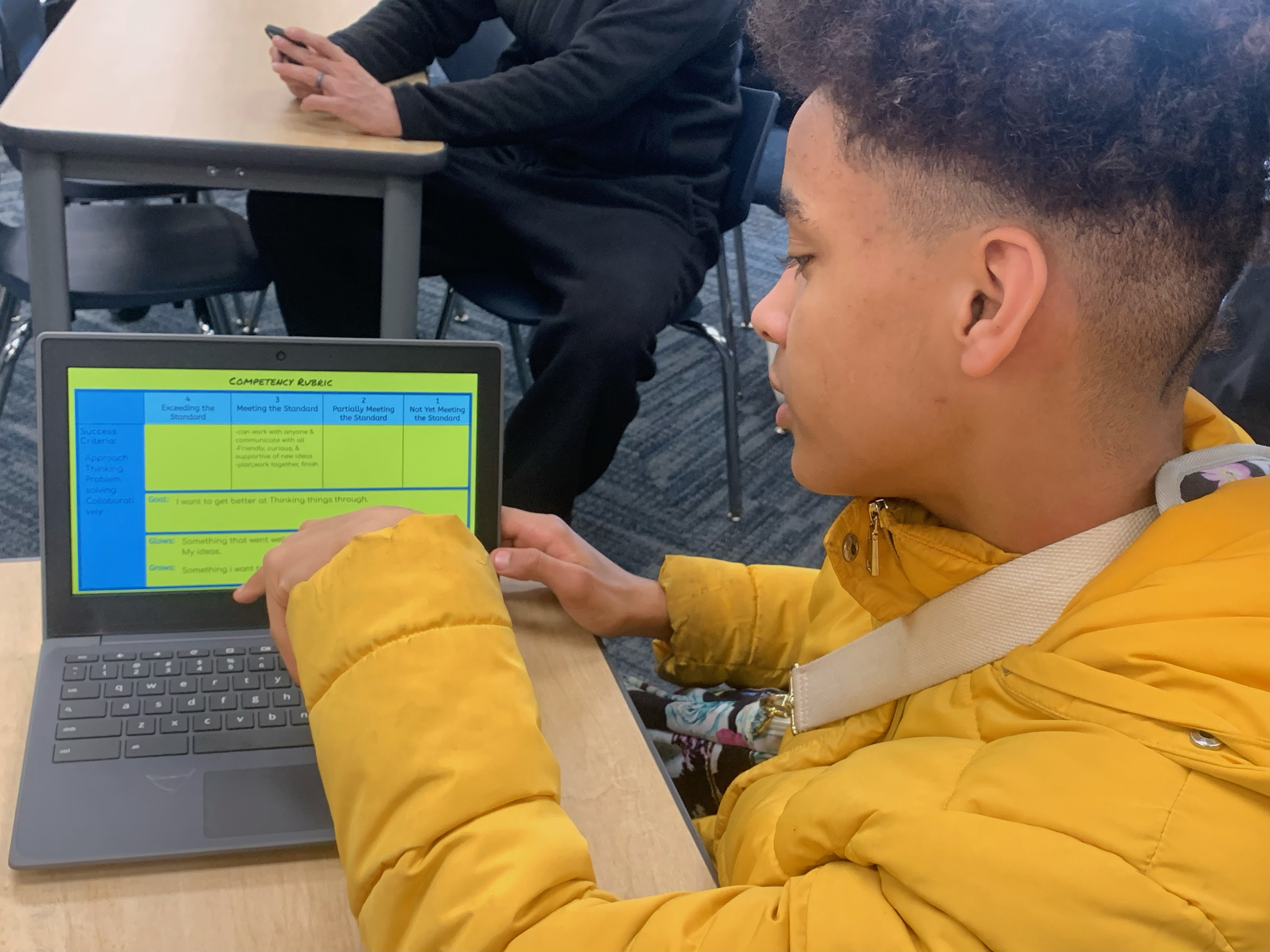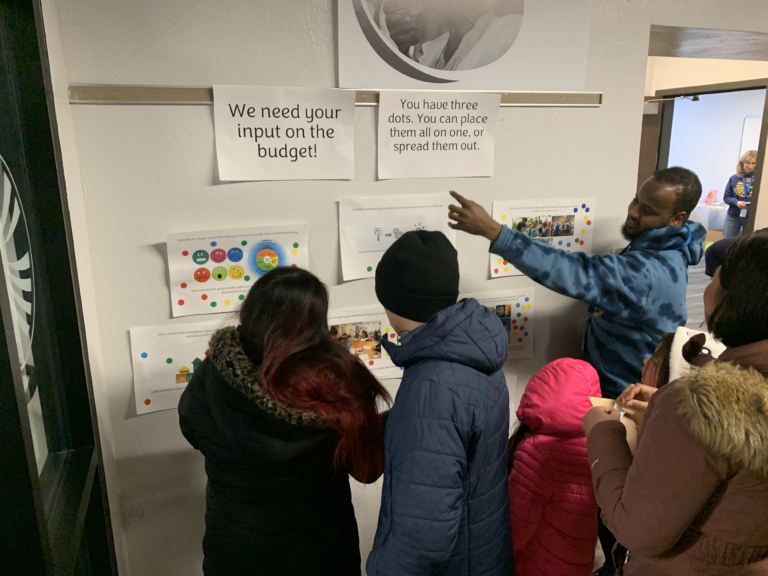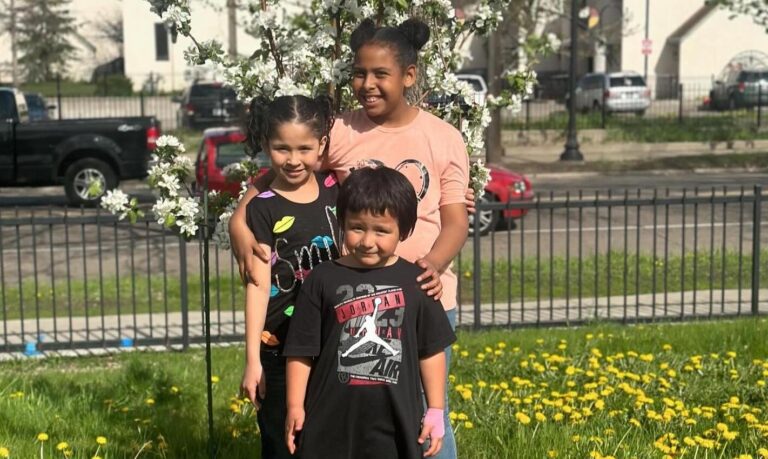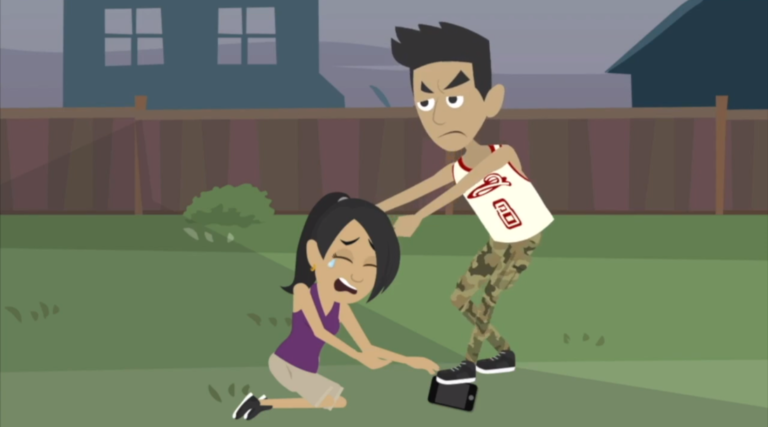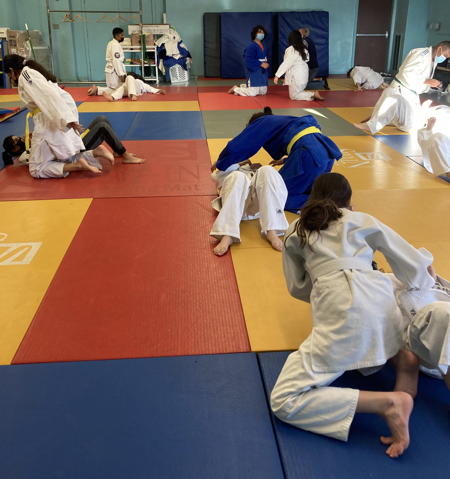Focus on What’s Strong, Not What’s Wrong
This is what sustainable community building looks like and how we create change.
Everyone has a gift. That gift is a talent or passion. But not everyone gets to use their gift, talent or passion. Sometimes, people are not invited to share their gifts. We see this a lot.
There is a problem. It could be big or small. Some people or groups are labeled as the source of the problem. They are called a nuisance, incorrigible, incurable or worse. They get cast aside, then forgotten. And the problem never gets solved.
That doesn’t mean the problem no longer exists. It just means “it’s not our problem anymore.” We may choose not to see it, but it’s still a problem. This way of thinking is how we get unsolved problems and why we have the same longstanding issues that don’t change.
As Oliver Hardy famously said to Stan Laurel so many times, “Well, here’s another nice mess you’ve gotten me into.”
We are stuck in a neverending loop of “nice messes.” And the stakes keep increasing.
Imagine if we created a circle of compassion where no one stood outside that circle.
Imagine if no one in that circle was disposable, everyone was invited to share their gift, and we focused on what’s strong with people, not what’s wrong.
This is the focus of a powerful TED Talk on community building by Cormac Russell, the founding director of Nurture Development and a member of the Asset-Based Community Development (ABCD) Institute at DePaul University in Chicago.
Asset-based community development (ABCD) is a way of strengthening communities by identifying and amplifying the existing strengths, or assets, that individuals and communities already have. Assets can include skills, knowledge, capacity, resources, experience, culture, heritage, or enthusiasm. Instead of focusing on what a community needs or lacks, the approach embraces existing community strengths. It’s a bottom-up, grassroots approach that has been proven to work in communities around the world for decades.
Every community has strengths. As Russell notes, the most effective community builders support the community and individuals to identify what is strong within them and figure out how to use their strengths to address what is wrong, and make what is strong even stronger. Change comes from the bottom up, not the top down. From the inside out, not the outside in.
Our society is better with helpful and thankful people. Raising each other up makes us all shine. But some help can be harmful. By focusing on what’s wrong in communities, to rescue them, people that mean well do more harm than good. This is the top-down approach to problem-solving, or help.
A recurring theme in Minneapolis (and in cities across the United States) is youth culture. A lot of people are asking: What’s wrong with our youth? How about we start asking what’s right?
Youth have a lot to give. They just need to be guided to the right path. This is where the whole community can step up.
It does take a village to raise a child. That village is made up of many people, including parents, siblings, extended family members, neighbors, teachers, professionals, community members and policymakers. One person alone cannot raise a child by themselves. Everyone in the village has to care for a child.
But our village is fragmented. Individuals are isolated. According to a Wall Street Journal-NORC poll, the percentage of Americans who think community involvement is “very important to them” has fallen from 62 percent in 2019 to 27 percent in 2023.
It will take a team effort from the community to restore our village. We need to meet the youth where they are. We need to go to schools and support overworked, under-resourced teachers and school administrators. There are many amazing school communities with amazing teachers, principals, staff and parents doing amazing work. They need more assistance. They aren’t enough hands on deck for students.
If youth aren’t in school, we need to find them, listen to them, develop relationships, build trust, and figure out how we can create a learning environment that will get them back in school.
Ignoring the youth will not make things better. Too many youths have slipped through the cracks. They’re off the tracks. More are slipping and could be headed that way. We must close the cracks, get them back on track, and lift up our youth. We can invite them to share their gifts. For those with self-doubt, we can show them they have gifts to share.
Change will not come from outside organizations (governmental or nongovernmental) throwing money or programs at a problem. The community has the solutions. We, the people, have the solutions. We must focus on what’s strong in our communities, not what’s wrong.
When we focus on what’s strong and not what’s wrong, we will see ordinary people do extraordinary things.
This article was originally published in the Southwest Connector, a local newspaper in Minneapolis.
